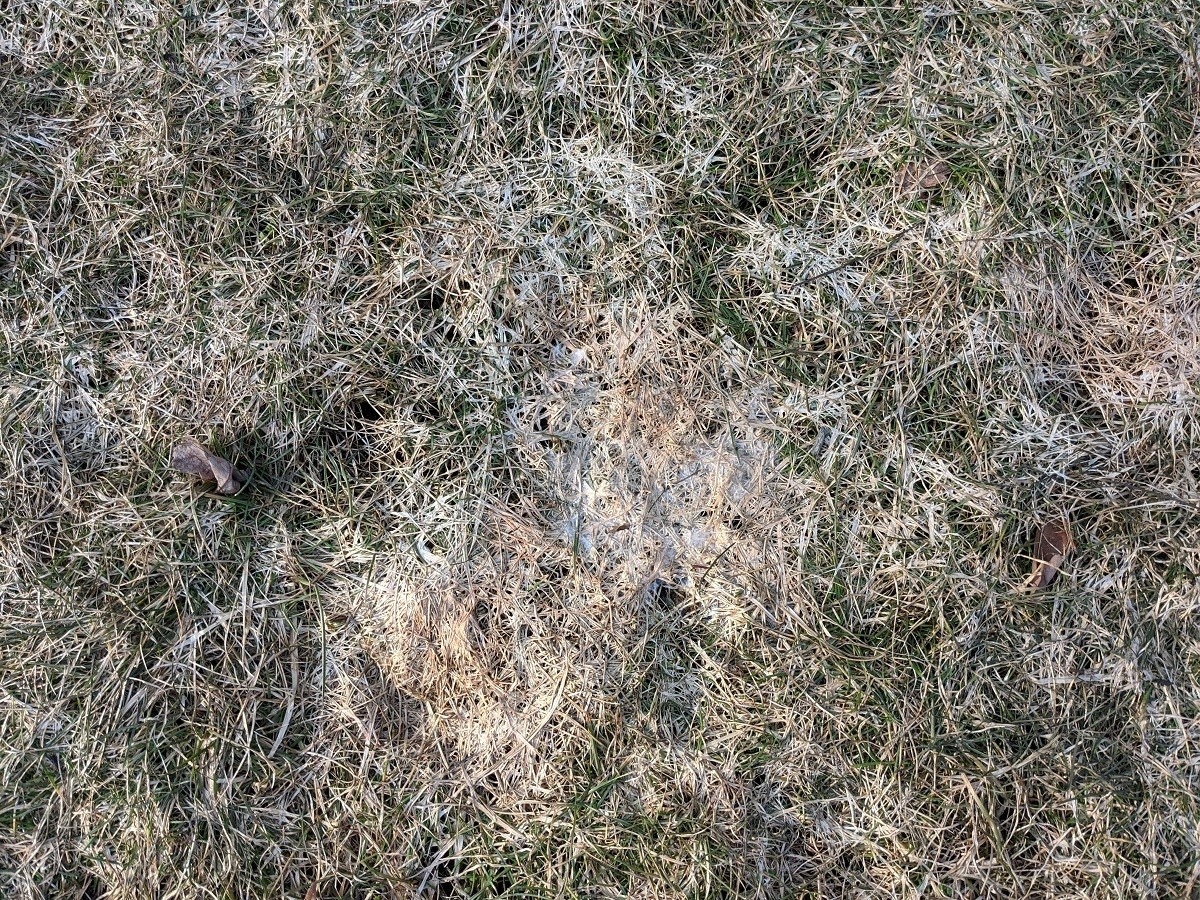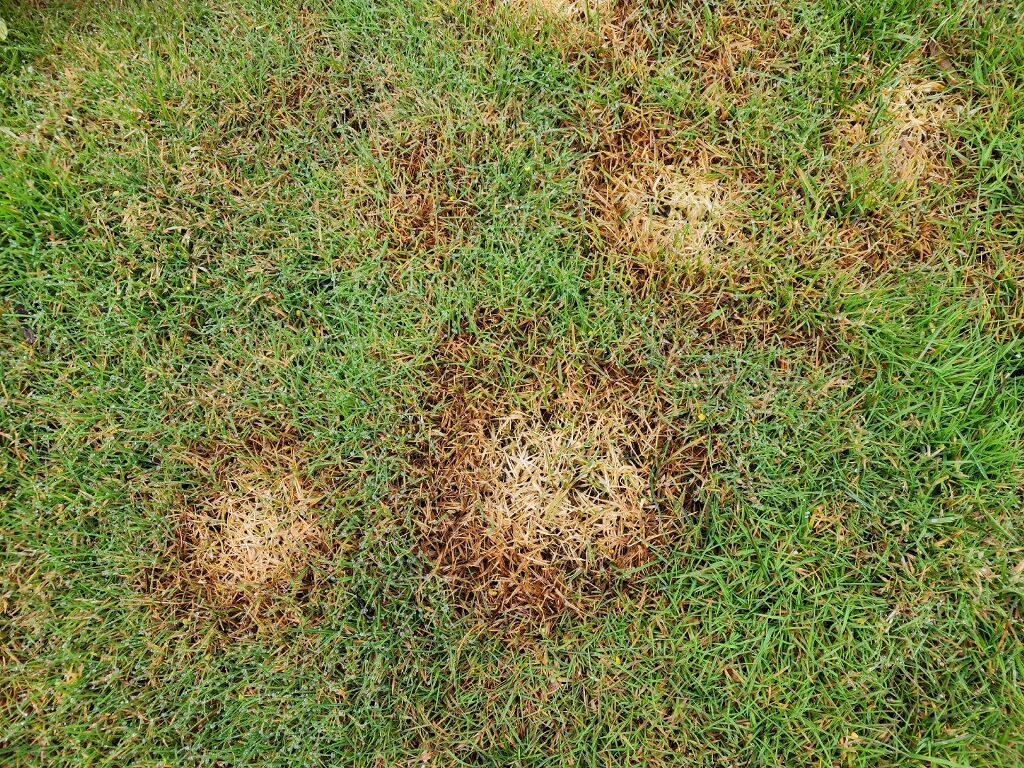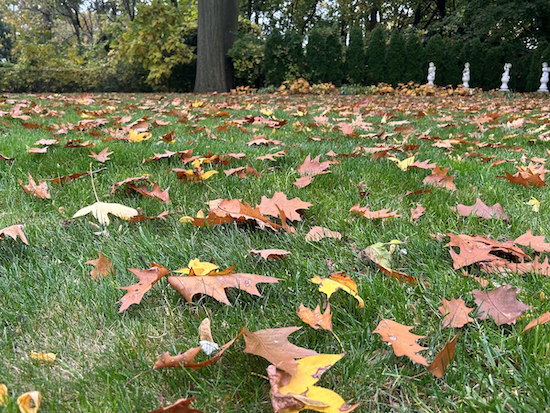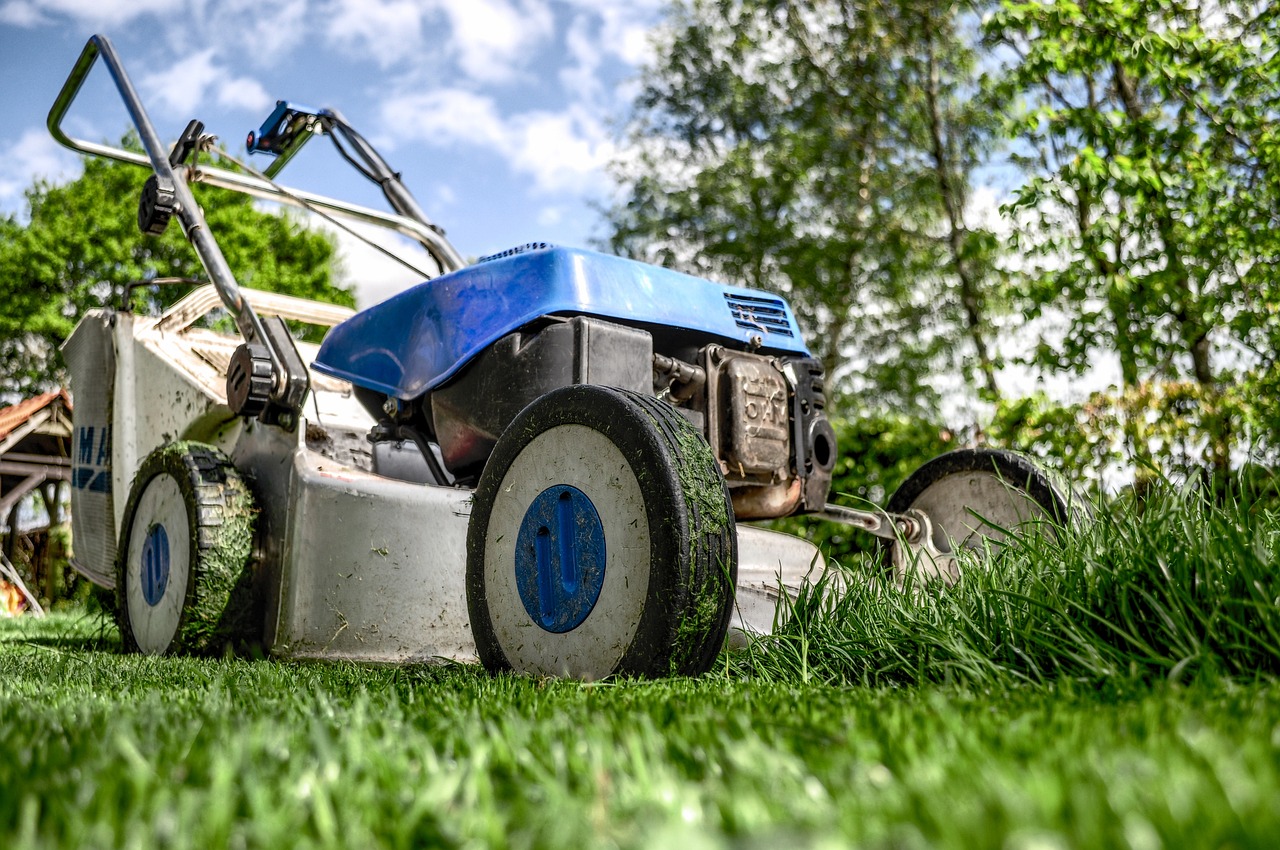
Snow Mold: How to Prevent and Treat for a Healthy Lawn
Once winter shows up with its snow and ice, you are likely more concerned about keeping your driveway clear, making sure you have your ice scraper in your car, and ensuring you are prepared for the holidays.
These winter chores rank a bit higher on your worry list than your lawn. Yet even though your grass is the furthest thing from your mind, that green grass you love requires some attention to prevent winter diseases from settling in – namely snow mold.
Let’s talk about snow mold on grass so you can get a better understanding of what it is, how it develops, how you can prevent it and treatment tips to help your lawn recover.
Understanding Snow Mold on Lawn
You want a great looking lawn, right? This means taking care of your lawn in winter and preventing things like snow mold on your lawn.
Here, we’ll tak a closer look at this disease and how it forms.
What is Snow Mold on Grass?
Snow mold on grass is a type of fungus that damages or kills grass after snow melts.
This typically happens in late winter in Northeast Ohio – usually February and March – after months of freezing temperatures and snow cover.
What Does Snow Mold on Your Lawn Look Like?
Snow mold is often seen as circular patches of matted grass that may appear white or pinkish in color.
This disease usually only impacts the grass blade.
If left untreated, snow mold can lay dormant in the grass during summer and then re-emerge when temperatures drop again. So, while it may not be a threat during warmer months, snow mold can come back annually with cold, wet weather, making your lawn look pretty nasty in spring.

How to Get Rid of Snow Mold
As snow mold spreads, the more areas of your lawn may die and need to be replaced. This can cause you to spend unnecessary time, money, and energy fixing your lawn.
Luckily, there are quite a few things you can do to prevent snow mold on grass.
Preventing Snow Mold on Grass
First, let’s talk about some prevention tips for snow mold on lawns.
Start by taking care of your grass in late summer and fall. This amounts to applying organic, slow-release fertilizer in the right amounts at the right times and mowing to the proper 3- to 4-inch height during the growing season and then mowing to no less than 2 inches on the last cut before winter.
This also means mulching or raking up and removing fall leaves. Leaving patches of wet leaves is a fast track to snow mold.

After heavy snowfalls, piles can get quite high, which can mean they take longer to melt due to lack of sunlight access. The longer grass areas remain covered, the better chance they have of developing snow mold. Toward the end of winter, breaking up those large amounts of snow can help with this so it melts faster and more evenly.
How to Treat a Lawn With Snow Mold
Snow mold on grass is a largely cosmetic turf disease. This means it can look pretty nasty, but with good care practices, your lawn can recover.
Proper mowing and fertilizing in spring can help the grass grow strong and push the disease out with new growth.

You can also very gently rake the affected areas to help expedite the recovery process. This allows air to circulate more in the impacted areas.
There are also lawn disease applications for snow mold if it is severe, but usually the cultural practices we can perform above help reduce snow mold damage.
How to Get Rid of Snow Mold Means Bringing In Turf Pride
When you and your family are all cozy inside watching a movie or playing games by the fireplace, you want to make sure you’re not doing anything to jeopardize the health of your lawn.
By investing in a complete, proactive lawn care program, you can continue to improve your lawn, keeping it looking its best all year long. This can also help you prevent snow mold on grass from developing.
If you’ve done all the tips we suggest and still think snow mold may be a problem, give Turf Pride a call. We can create a program for your lawn so that your soil gets the nutrients it needs to create thick, green grass with fewer weeds and fewer turf disease problems. Then all you have to do is settle in for winter and enjoy the season knowing your lawn is taken care of.
/Live%20Website%20Images/turf-pride-receptionist-on-phone.jpg?width=5168&height=2912&name=turf-pride-receptionist-on-phone.jpg)
Ready to learn why Turf Pride could be your choice for lawn care services in Northeast Ohio? Get started today with a free quote. Together, we can prepare a customized plan that is perfect for you and your lawn.


